Native American Heritage Month: The Removed
The way authors structure their books is sometimes jaw-dropping. So impressive that by the end you hug it tight, knowing it taught you something, or...
AP & Honors Mathematics
Explore Wiley titles to support both AP and Honors mathematics instruction.
Literacy Skills & Intensive Reading
Connections: Reading – Grades 6–12
Empower student success with a proven intensive reading program that develops strong reading skills in striving readers.
Drama, Speech & Debate
Basic Drama Projects 10th Edition
Build students’ confidence and competence with comprehensive, project-based theatre instruction.
Literature
Connections: Literature
Support learners as they study dynamic, relevant texts and bring the richness of diverse voices to students through literature.
Literature & Thought
Develop critical thinking, reading, and writing across literacy themes, genres, historical eras, and current events.
Language Arts
Vocabu-Lit® – Grades 6–12
Help students build word power using high-quality contemporary and classic literature, nonfiction, essays, and more.
Connections: Writing & Language
Help students develop grammar, usage, mechanics, vocabulary, spelling, and writing and editing skills.
Reading/English Language Arts
Measuring Up to the English Language Arts Standards
Incorporate standards-driven teaching strategies to complement your ELA curriculum.
English Language Learners
Measuring Up for English Language Learners
Incorporate research-based best practices for ELLs with an approach that includes a focus on language acquisition strategies.
Mathematics
Measuring Up to the Mathematics Standards
Incorporate standards-driven teaching strategies to complement your mathematics curriculum.
Foundations
Measuring Up Foundations
Help students master foundational math skills that are critical for students to find academic success.
Science
Measuring Up to the Next Generation Science Standards
Give students comprehensive NGSS coverage while targeting instruction and providing rigorous standards practice.
Assessment
Measuring Up Live
Deliver innovative assessment and practice technology designed to offer data-driven instructional support.
For a better website experience, please confirm you are in:
2 min read
Jennifer Epping Nov 11, 2021 3:48:01 PM
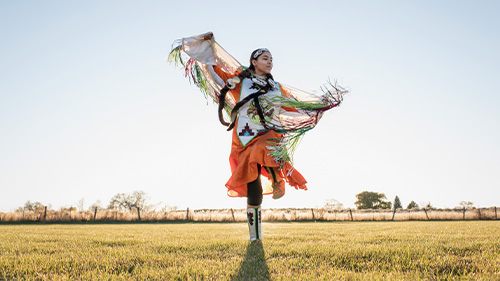
Many lessons ran through my mind while reading There There by Tommy Orange. We could talk about the parallel plot text structure; we could talk about the characterization of Native Americans; we could talk about mental health and addiction. So really, however you use this book with your students, you can’t go wrong.
This lesson will focus on telling stories. Writing narratives, essentially, because the entire book is filled with short stories from Native Americans with one thing in common: going to the Powwow in Oakland, California. It is quite fascinating to realize that every event you might attend and every person you see at that event has a story behind how they got there and where they’ve been—the good and the bad.
In the first “Opal Viola Victoria Bear Shield” chapter that starts on page 45, narrator Opal has a discussion with her mother about telling their truth to the world because the world has a skewed version of who they are, who their people are, and what the government has “taught” them about, in her instance, Native American people.
On page 57, Opal’s mother explains that the history of Native Americans is wrong and slanted one way to make white people look better. She starts off the conversation with the life lesson of always telling your own truthful stories at any chance to educate others on their identities and life.
“Opal Viola, baby girl,” my mom said, and moved some hair behind my ear. She’d never, not once, called me baby girl.
“You have to know what’s going on here,” she said. “You’re old enough to know now, and I’m sorry I haven’t told you before. Opal, you have to know that we should never not tell our stories, and that no one is too young to hear. We’re all here because of a lie. They’re lying to us now!”
On the next page, 58, Opal’s mother goes on to talk about how the government will never tell the true story of Native American history and what truly happened on Thanksgiving.
And so what we could do had everything to do with being able to understand where we came from, what happened to our people, and how to honor them by living right, by telling our stories.
Download the pdf to easily print or save this lesson!
Jennifer Epping is a high school English and journalism teacher in Des Moines, Iowa. She has a passion for reading, writing, and making lame jokes to her students just to see them laugh or roll their eyes. She just concluded her ninth year teaching. Epping graduated from Iowa State University with a BS in journalism and mass communication (2010) and BA in English Education (2013). She attended New York University’s Summer Publishing Institute (2010), and spent some time in children’s book publishing in New York.

The way authors structure their books is sometimes jaw-dropping. So impressive that by the end you hug it tight, knowing it taught you something, or...

Like most kids ushered though elementary school in the days when the Charlie Brown holiday specials aired on television once a year and if you missed...
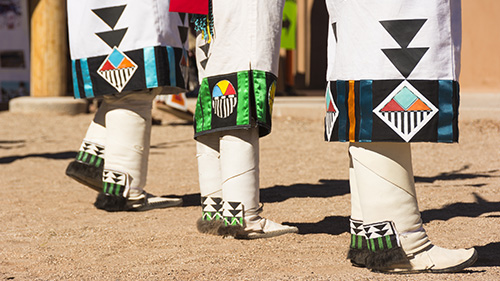
In recent months I learned, along with others around the world, of the horrific stories of the mass unmarked grave sites of Indigenous, or...

Not long ago, with work piling up, to-do things needing to be done, and the fate of the free world basically depending on what I did next, I chose...
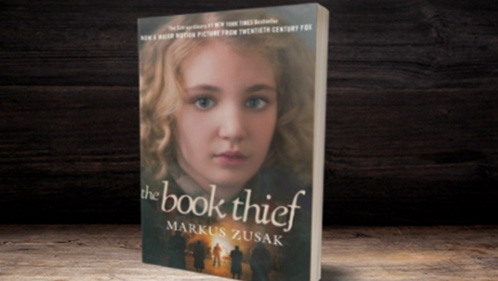
In the majority of books, the narrator is human and alive, but in The Book Thief by Markus Zusak, the narrator is Death. Yes, Death with a capital D....
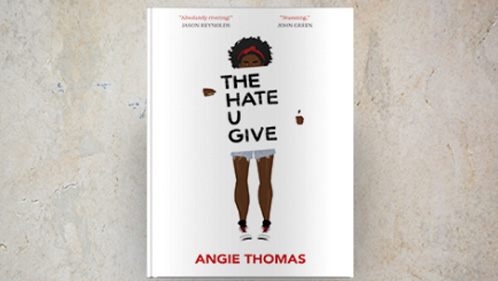
Code-switching is changing something about yourself to fit a certain situation or audience. The way you might talk to your friends versus talking to...
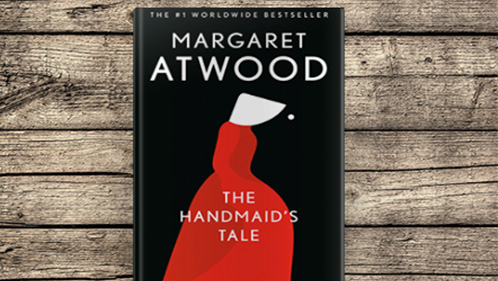
Netflix, Hulu, and Disney+ have taken over much of the television industry by taking popular and enticing books or comics and creating a TV series...
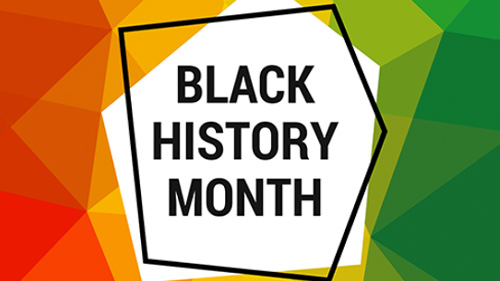
On December 20, four days after his semester finished, my youngest son flew home for Christmas break. On December 29, he flew back—19 days before his...

On the day after state testing, one of my sophomores burst into the room and announced: “Mr. G, I used rule of three on my essay.” It was a proud...

The most beautiful part of January isn’t the snow or the magical lighted displays around town, but instead it’s the chance for a new beginning....
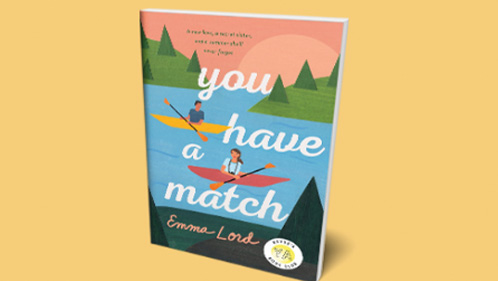
Every time I open up Instagram, Facebook, or Twitter, I’m given the option to post to stories or urged to open the stories of others. Pictures that...

May is Mental Health Awareness Month. It’s also the last full month of school for traditionally-scheduled districts. I think mental health is the...
